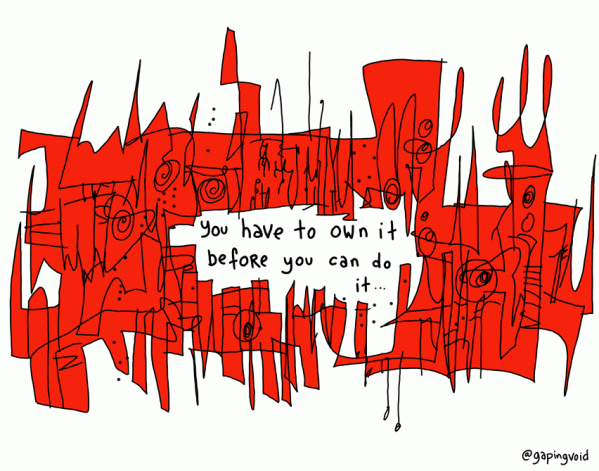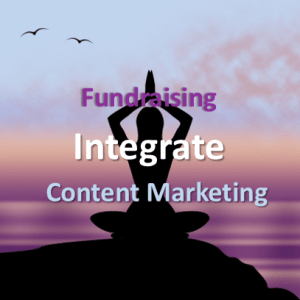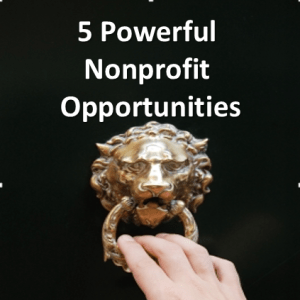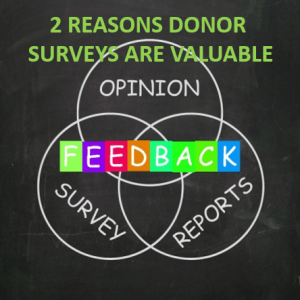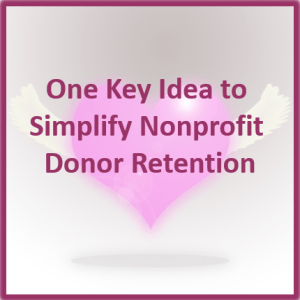Let’s pretend you and your donor are not connecting meaningfully right now. You’re not sure why. Could it be they feel financially insecure… they’re worried for their kids… they’ve been let down by politicians… they’re just feeling cynical and/or hopeless? For whatever reason, things aren’t singing between you and them. They haven’t renewed. They haven’t upgraded. They haven’t responded to any of your outreach. They seem to have other priorities.
So, you decide to go to counseling to reinvigorate the relationship. The therapist makes a wise observation: Sometimes in life, one partner feels strong; the other less strong. In such times, the stronger partner has resources to support the weaker partner. Other times, neither partner feels they have coping resources. During these times, we have to depend more on ourselves, be patient, and accept that our partner is not currently in a strong position – even though we really need their support.
Are you being a support for your donor? Are you helping, not selling all the time? Are you being patient, yet persistently showing you care?
We’re in turbulent times. Studies show giving to be sluggish. Donors are less loyal. Maybe they’re distracted by emergencies. Or so-called rage giving. Or simply uncertainty about what lies ahead. So they’re giving less consistently. As a result, donor centered fundraising has never been as important as it is now.
People are feeling a need to be nurtured. In other words: Ask not what your donors can do for you, but what you can do for your donors. Recognize they don’t serve you; you serve them. They don’t owe you; you owe them. Your job is to help them experience the joy of giving. It is through you they will achieve their most meaningful work.
Embrace the true meaning of philanthropy as love of humankind. Remember your donors are humankind; you must love them if you want to be a part of philanthropy. Otherwise, you’re just transacting business.
So… what can you do to embrace the love and thereby keep your donors close?



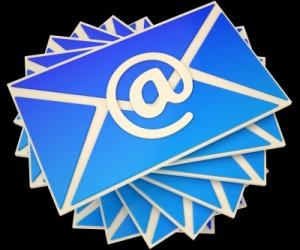















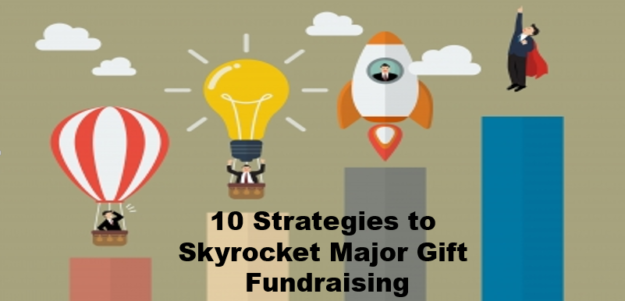
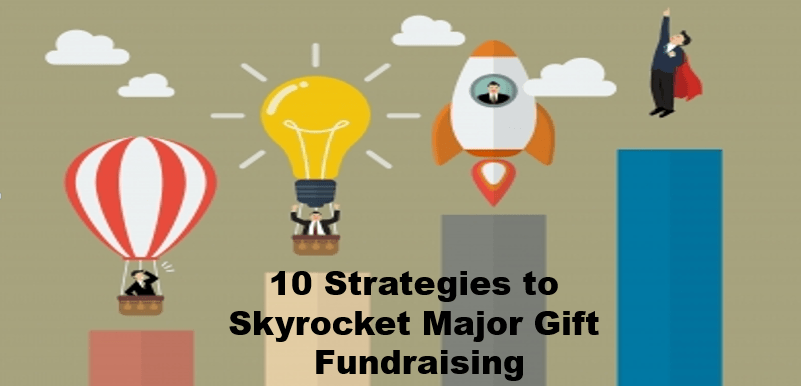 “Begin at the beginning and go on till you come to the end; then stop.” So wrote Lewis Carroll in Alice in Wonderland.
“Begin at the beginning and go on till you come to the end; then stop.” So wrote Lewis Carroll in Alice in Wonderland.









